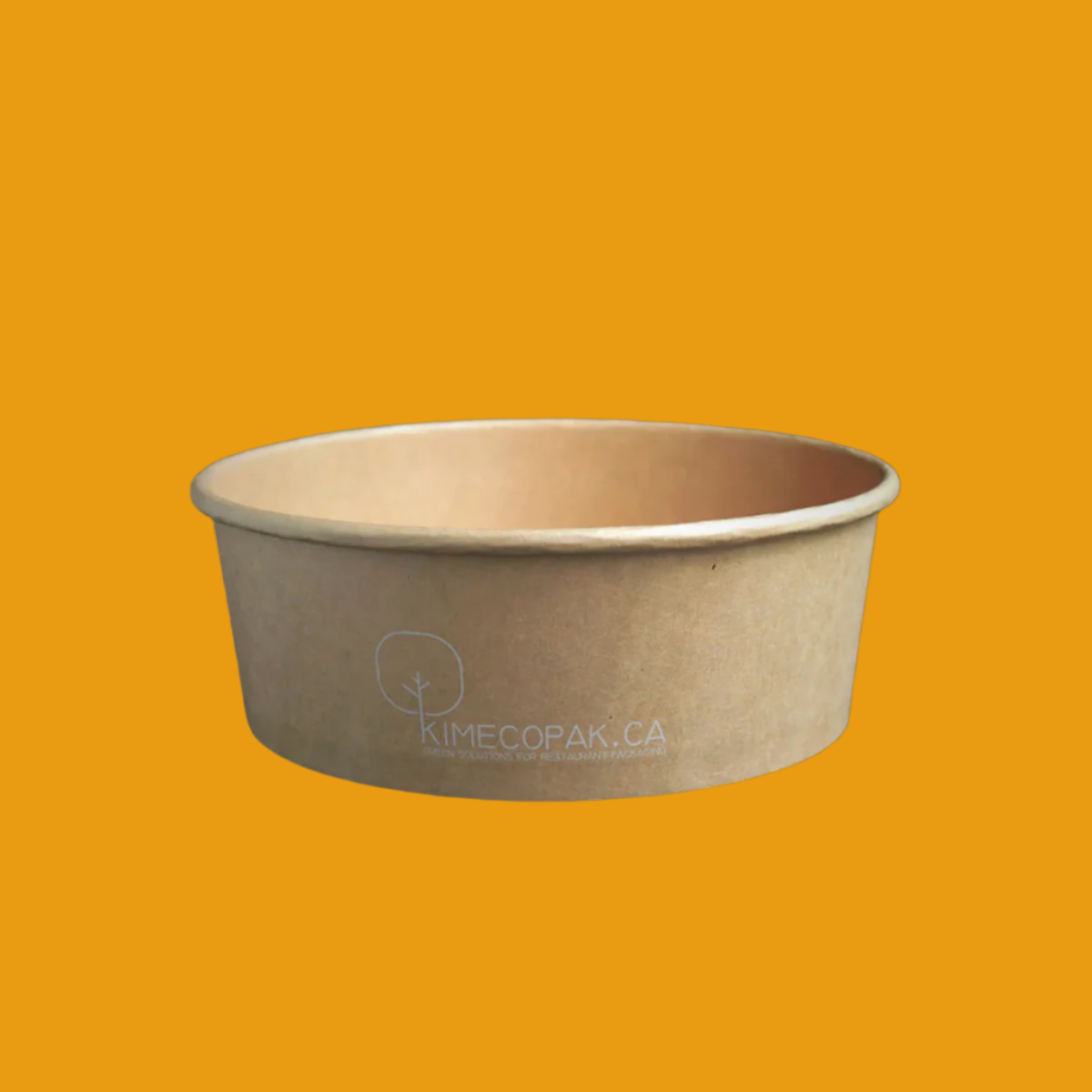In the fast-paced world of foodservice, the backbone of any successful operation lies in having the right tools for the job. Commercial kitchen equipment plays a pivotal role in ensuring restaurants, cafés, ghost kitchens, and catering businesses can operate efficiently, maintain food safety standards, and deliver consistent quality to customers. Unlike residential appliances, this equipment is purpose-built to handle the demands of high-volume cooking, with features that prioritize durability, speed, hygiene, and scalability.
Whether you're launching a new eatery or optimizing an existing kitchen, understanding the types, benefits, and selection criteria of commercial kitchen equipment is essential for long-term success.
-
Catering Equipment: Essential Tools for Coffee Shops & Restaurants
-
How to Start a Ghost Kitchen and Succeed in the Food Delivery Boom
-
Explore the Different Types of Ghost Kitchens for F&B Startups
What Is Commercial Kitchen Equipment?

Commercial kitchen equipment refers to the specialized tools and appliances designed to facilitate the efficient preparation, cooking, storing, and serving of food in professional foodservice environments. This type of equipment is essential for restaurants, catering services, and other food establishments, as it ensures that operations run smoothly and effectively while meeting health and safety standards.
In contrast to residential kitchen equipment, commercial kitchen equipment is built for higher volumes and more demanding use. Items meant for home kitchens typically do not have the same durability or capacity, making commercial versions more suitable for businesses that prepare large quantities of food daily.
Differences between Commercial and Residential Kitchen Equipment
- Durability: Commercial kitchen equipment is designed for frequent use and has a longer lifespan compared to residential appliances.
- Capacity: Equipment like ovens, fryers, and refrigerators generally come in larger sizes for volume cooking and processing.
- Performance: Many commercial tools offer greater power, speed, and efficiency, allowing foodservice operations to serve customers quickly without sacrificing quality.
- Safety Standards: Commercial equipment must adhere to strict health and safety regulations, ensuring food is prepared in sanitary conditions.
Essential Commercial Kitchen Equipment Categories
Commercial Kitchen Equipment List: Must-Have Items
Creating a comprehensive commercial kitchen equipment list helps ensure that a foodservice establishment can operate efficiently. Here are essential categories and items within those categories:
- Cooking Equipment: Ovens, ranges, grills, and fryers are the central components that allow chefs to prepare a variety of dishes from baked goods to fried items.
- Refrigeration Equipment: Essential for food safety, fridges, freezers, and prep tables keep ingredients fresh and easily accessible for cooking and serving.
- Food Preparation Tools: Versatile tools like mixers, blenders, and food processors streamline tasks such as chopping, mixing, and blending, making meal prep efficient.
- Sanitation Equipment: Dishwashers, sinks, and grease traps are critical for maintaining hygiene in the kitchen and ensuring compliance with food safety regulations.
- Storage Solutions: Shelving, dry bins, and walk-in coolers organize ingredients and tools, maximizing space and keeping the kitchen tidy.
How to Choose the Right Commercial Kitchen Equipment

When selecting commercial kitchen equipment, it is essential to assess your specific needs based on your menu and expected volume of business. Here are some key factors to consider:
- Assessing Kitchen Needs: Consider the types of cuisine you will be preparing, the equipment necessary to execute those recipes, and how often you expect to serve them.
- Prioritizing Multifunctionality and Energy Efficiency: Choose equipment that can serve multiple purposes. For instance, a combi oven can bake, steam, and roast, saving both space and energy.
- Buying New vs. Used Commercial Kitchen Equipment: While new equipment often comes with warranties and the latest technology, used equipment can provide substantial savings. Ensure thorough inspections to guarantee quality and reliability.
Small Commercial Kitchen Equipment Solutions
In many urban and startup settings, space is at a premium. Here are practical solutions for those operating in small commercial kitchens:
- Space-Saving Appliances: Choose compact appliances specifically designed for small kitchens, such as countertop ovens and stackable refrigerators, to maximize efficiency without overcrowding.
- Layout Tips for Small Kitchens: Plan your kitchen layout carefully to optimize workflow. Consider a linear layout to streamline movement, placing equipment strategically for easy access while cooking and serving.
- Startup Bundles for Small Businesses: Many suppliers offer bundles that provide essential equipment at a reduced cost, including vital pieces such as mixers, fryers, and dishwashers, making it easier for startups to get off the ground.
Ghost Kitchen Equipment Essentials

Delivery-only kitchen requirements
Ghost kitchens have revolutionized the food delivery service landscape. These kitchens focus solely on preparing meals for delivery, eliminating the need for dining spaces. This means the equipment chosen needs to support speed and efficiency. Essential items include high-capacity ovens, efficient fryers, and quick-prep tables that allow for a streamlined cooking process. Additionally, technology integration for order management and kitchen display systems is crucial for keeping operations smooth.
Compact and modular equipment setup
Space often comes at a premium in ghost kitchens. Therefore, opting for compact and modular equipment can help maximize the cooking area while maintaining functionality. Consider stackable fryers or multi-functional cooking devices that can perform several tasks without needing excess space. This not only optimizes the workflow but also aids in performing quick changes between different meal preparations efficiently.
Scaling for multiple brands in one location
As ghost kitchens often serve multiple brands from a single location, equipment scalability is vital. Organizations should invest in versatile appliances capable of supporting different cuisines and cooking styles. This may include adaptable prep areas and flexible storage solutions. A well-planned equipment setup allows entrepreneurs to efficiently scale and pivot menus based on market demands without complete overhauls.
Maintenance Tips for Commercial Kitchen Equipment

Regular maintenance schedules
Establishing a regular maintenance schedule for your equipment is essential in prolonging its life and ensuring safety. Work closely with suppliers for maintenance plans that include regular inspections and servicing. This helps identify potential issues early on, saving costs and preventing major breakdowns.
Cleaning practices to extend equipment life
Proper cleaning practices are key to extending the life of your kitchen equipment. Develop a routine that incorporates regular deep cleaning and daily wipe-downs of high-use areas. For instance, grills should be scraped after each service, and ovens need to be cleaned according to the manufacturer's guidelines to avoid residue buildup. Consider dedicating staff to hygiene and sanitation responsibilities, as this not only enhances food safety but also keeps equipment in optimal condition.
Knowing when to repair vs. replace
Understanding when to repair or replace equipment can save significant costs in the long run. Regular assessments should be made to evaluate equipment efficiency and output. If repair costs surpass 25% of the replacement cost, consider investing in new equipment. This strategy ensures that your kitchen runs on reliable tools that can keep pace with your business demands.
Safety and Compliance: Commercial Kitchen Equipment Standards
Health and safety certifications
Complying with health and safety certifications is non-negotiable for any commercial kitchen. Equipment must meet local regulatory standards, which often involve inspections and certifications from relevant authorities. This not only guarantees safe operations but reassures customers about the quality and safety of the food they receive.
Fire suppression, ventilation, and hygiene best practices
A well-ventilated kitchen equipped with effective fire suppression systems is crucial for maintaining safety. Commercial kitchen design should include hoods and exhaust systems that remove heat and smoke effectively. Additionally, maintaining hygiene through regular cleaning and equipment inspections helps mitigate fire risks and promotes a healthier work environment.
Where to Buy Commercial Kitchen Equipment

Choosing reliable vendors
Selecting reliable vendors is critical for sourcing quality kitchen equipment. Look for suppliers with a track record of excellent customer service and a solid reputation in the industry. Engage with vendors who offer warranties and service contracts, as these support systems enhance your purchasing experience.
Online vs. offline equipment purchasing
Both online and offline options have their benefits when purchasing kitchen equipment. Online platforms may provide broader selections and competitive pricing, while local suppliers allow for hands-on inspections before purchasing. Evaluate both channels to determine what works best for your specific needs, and consider visiting showrooms when possible for better insight into equipment functionality.
Negotiating warranties and service contracts
Don’t shy away from negotiating warranties and service contracts with vendors. A good warranty can save costs if equipment malfunctions, while service contracts can provide essential maintenance without surprise expenses. Ensure that contracts cover what is important for your kitchen operations, including response times for repairs and the availability of necessary parts.
Conclusion
In summary, investing in the right commercial kitchen equipment is key to operational success. By carefully considering your ghost kitchen setup, adhering to maintenance practices, ensuring compliance with safety standards, and strategically choosing vendors, your business can thrive. Planning wisely can align your equipment choices with your business goals, paving the way for lasting success in the competitive food service industry. Explore more resources at kimecopak.ca to equip your kitchen effectively.









